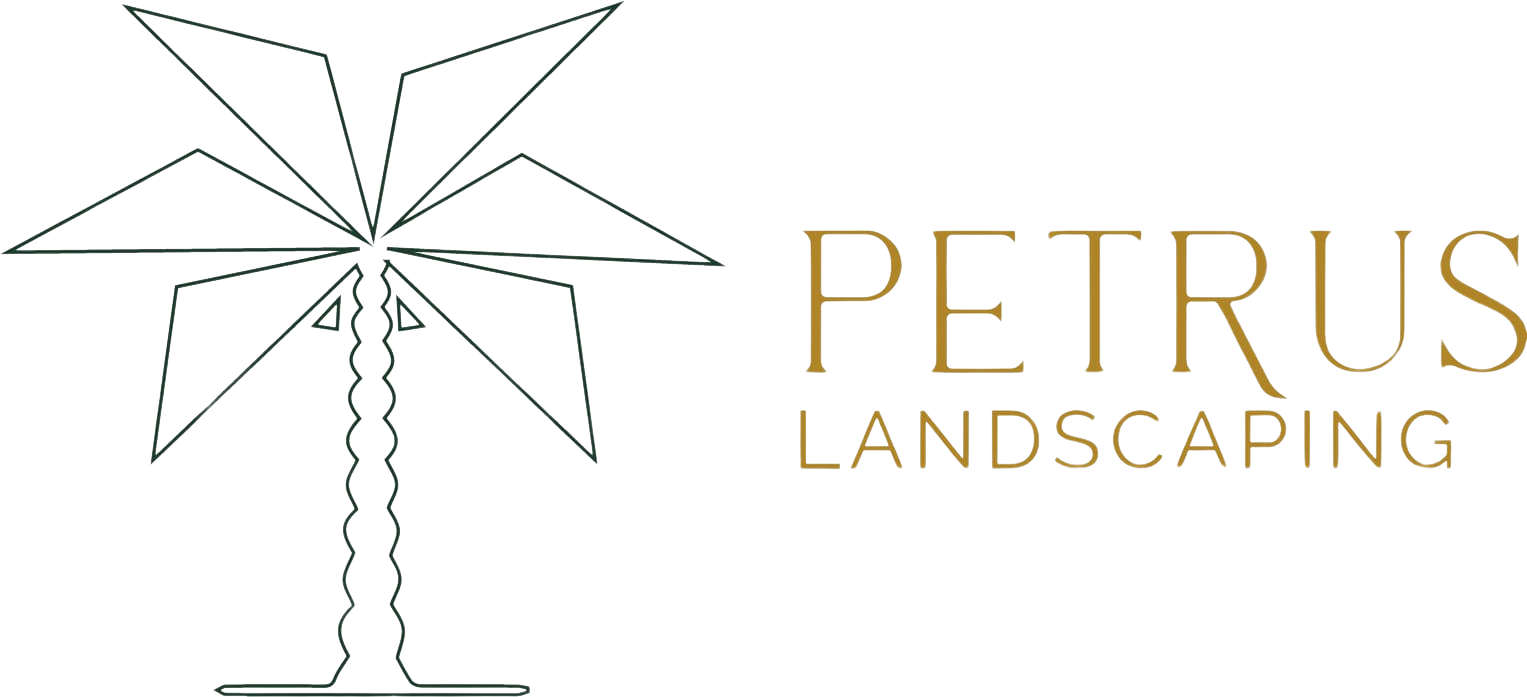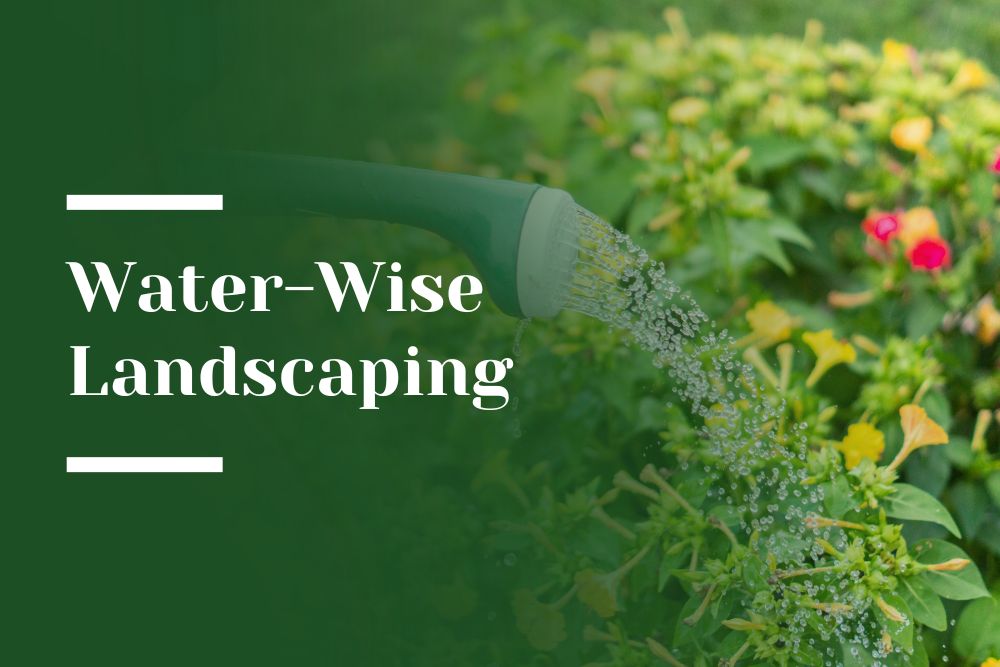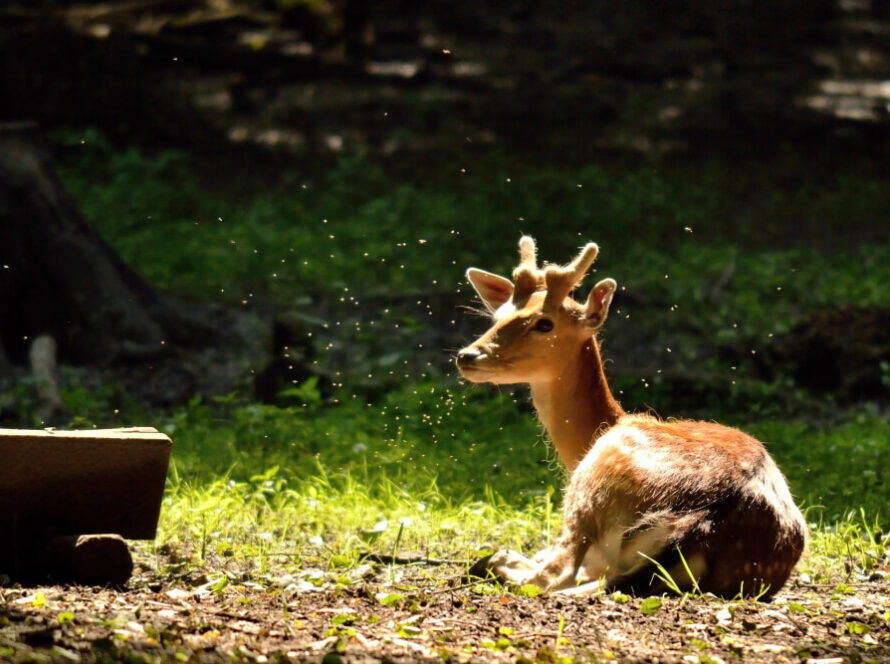Luxury homeowners in Atherton are turning to water-wise landscaping as both a necessity and an art form. With the persistent threat of drought in California and increasing interest in sustainable living, high-end estate owners are seeking ways to create lush, captivating gardens that are also environmentally responsible. Water-wise landscaping offers a compelling solution—melding beauty with function, and elegance with ecology.
This guide explores strategies that elevate landscape design while preserving one of our most precious resources: water.
The Importance of Water-Wise Landscaping in Atherton
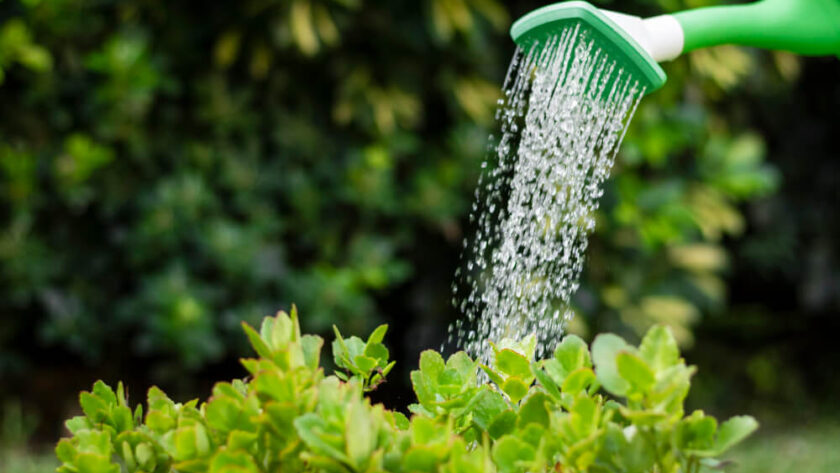
Atherton’s Mediterranean climate, characterized by hot, dry summers and mild, wet winters, makes efficient water use essential in garden design. Local ordinances and water restrictions also drive demand for more sustainable practices. Yet for luxury homeowners, sustainability cannot come at the expense of visual appeal. The goal is to balance opulence with responsibility—creating stunning outdoor environments that reflect refined taste and environmental stewardship.
Water-wise landscaping in Atherton addresses both form and function. These strategies are designed to lower irrigation needs, improve plant health, and create year-round beauty through climate-appropriate plants, soil optimization, and smart irrigation practices.
Building Healthy Soil: The Foundation of Water Efficiency

Everything begins with the soil. Building healthy soil is arguably the most important aspect of water-wise gardening. When soil is rich in organic matter, it retains moisture more effectively, supports beneficial microbes, and reduces the need for constant watering.
- Add Compost Regularly: Annual applications of compost help improve both water retention and drainage, enhancing soil texture and fertility.
- Boost Soil Microbiology: A healthy soil ecosystem can become self-sustaining, reducing reliance on external fertilizers and irrigation.
- Apply Organic Matter: Leaf mold, aged manure, and other organic amendments enrich the soil’s structure, providing a long-term water reserve for plant roots.
By focusing on soil health, homeowners can drastically cut down on irrigation while encouraging vibrant plant growth.
Thoughtful Plant Selection and Grouping

Selecting the right plants for the local climate is key to reducing water usage. Many drought-tolerant species offer remarkable visual impact and texture, making them perfect for upscale landscapes.
- Choose Drought-Tolerant Plants: Native California species like Ceanothus, Salvia, and Manzanita thrive in dry conditions and require minimal supplemental watering once established.
- Hydrozoning: Group plants based on their water needs to prevent overwatering or underwatering different parts of the garden.
- Guild Planting: Inspired by permaculture principles, this involves planting complementary species together. For example, pairing nitrogen-fixing plants with heavy feeders ensures mutual benefit and reduces water stress.
For vegetable gardens, thoughtful grouping and companion planting can also conserve water and enhance productivity.
Mulching for Moisture Retention
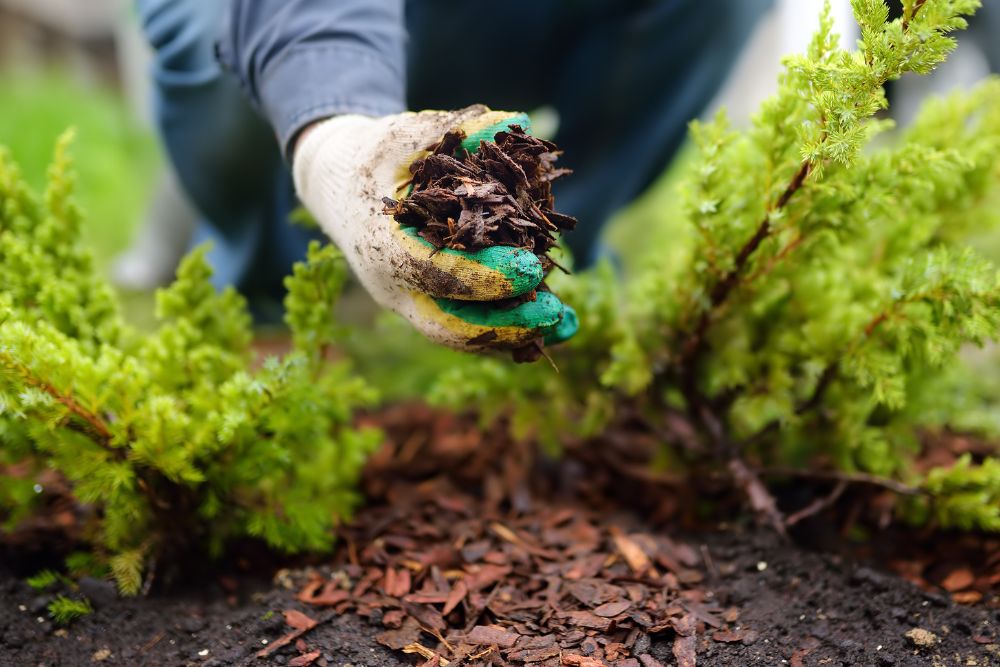
Mulch acts as a protective blanket for the soil, reducing evaporation and insulating plant roots against extreme temperatures. In Atherton’s dry summers, mulch is especially crucial.
- Use Organic Mulch: Materials like shredded bark, wood chips, straw, or compost are best. Avoid dyed or synthetic mulches, as they may contain harmful additives.
- Suppress Weeds: A thick mulch layer reduces weed growth, which competes for moisture.
- Slow Nutrient Release: As mulch breaks down, it adds organic nutrients to the soil, improving long-term fertility.
Proper mulching not only retains moisture but also enhances the visual appeal of garden beds with a clean, polished look.
Strategic Use of Shade
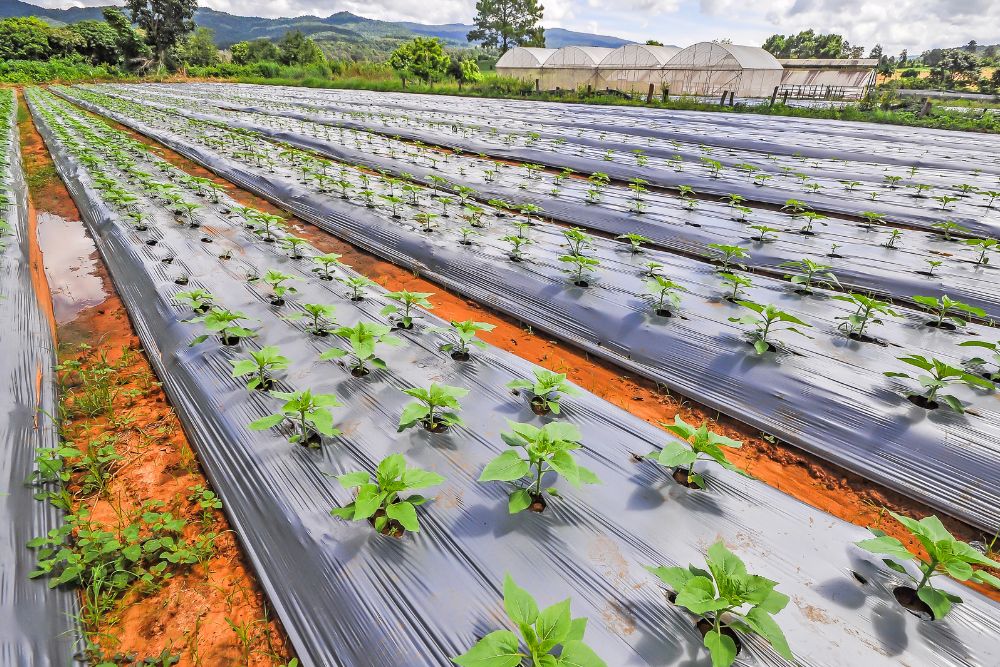
Adding shade can significantly reduce water requirements by cooling the landscape and slowing evaporation.
- Plant Shade Trees: Trees such as oak, maple, or arbutus create natural shade for garden beds and pathways.
- Install Structures: Pergolas, trellises, or shaded seating areas can shield delicate plants while enhancing garden aesthetics.
- Create Microclimates: By designing cooler, shaded areas, you provide more hospitable conditions for water-sensitive plants and reduce the overall irrigation load.
In luxury landscapes, shade is not just functional—it becomes a design element that enhances both comfort and beauty.
Replace Traditional Lawns with Meadows and Wildflower Gardens
Conventional turfgrass lawns are among the thirstiest landscape elements. Replacing them with low-water alternatives can make a big impact.
- Ornamental Grasses: Species like Muhlenbergia, Festuca, and Carex add motion and elegance to open spaces.
- Wildflower Gardens: Native wildflowers offer seasonal color and require much less water than traditional lawns.
- No-Mow Meadows: These provide a soft, natural look while drastically reducing maintenance and irrigation needs.
By transitioning away from lawns, homeowners in Atherton can maintain their estate’s grandeur while embracing a more sustainable aesthetic.
Expert Gardening Advice for a Thriving Garden
Understanding soil health is arguably the most important knowledge any gardener can have. Plants don’t just grow in soil—they live in a dynamic soil ecosystem that requires care and maintenance to flourish. The faster you grasp the basics of composting, nutrient cycles, and nurturing beneficial soil bacteria, the sooner you’ll enjoy a garden that truly thrives.
Healthy soil acts like a living community, providing plants with essential nutrients, improving water retention, and supporting root growth. Regularly adding compost and organic matter feeds this ecosystem, boosting microbial life and ensuring your soil remains fertile and resilient.
For gardeners of luxury estates in Atherton and beyond, investing in soil health not only elevates plant growth but also reduces the need for synthetic fertilizers and excessive watering. With a well-maintained soil ecosystem, almost any plant can reach its full potential—creating stunning, sustainable landscapes that stand the test of time.
Luxury Meets Sustainability: A Unified Vision
Water-wise landscaping doesn’t mean compromising on beauty. On the contrary, Atherton homeowners can use sustainable practices to create gardens that are not only environmentally responsible but also strikingly elegant.
- Smart Irrigation Systems: Use drip irrigation, soil moisture sensors, and timers to deliver water efficiently and precisely.
- Design Harmony: Blend Mediterranean plants, modern hardscape, and natural materials for a seamless, sophisticated outdoor space.
- Year-Round Interest: Choose a mix of evergreen and seasonal plants to ensure that your garden remains visually engaging every month of the year.
By embracing water-wise strategies, homeowners position themselves as thoughtful stewards of the land while enjoying landscapes that rival the best in the Bay Area.
If you’re located in Atherton, Palo Alto, Woodside, Saratoga, or Menlo Park, now is the perfect time to rethink your approach to garden design. Discover how water-wise principles can transform your estate into a sanctuary of sustainability and elegance.
Visit www.petruslandscape.com to book a consultation or explore design inspiration tailored to luxury landscapes in the Bay Area.
